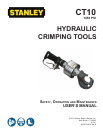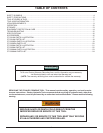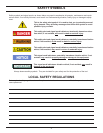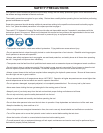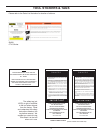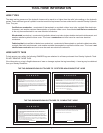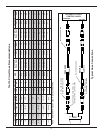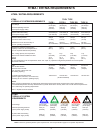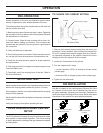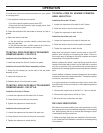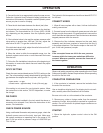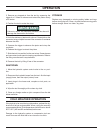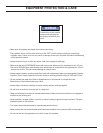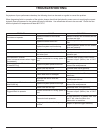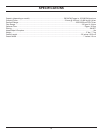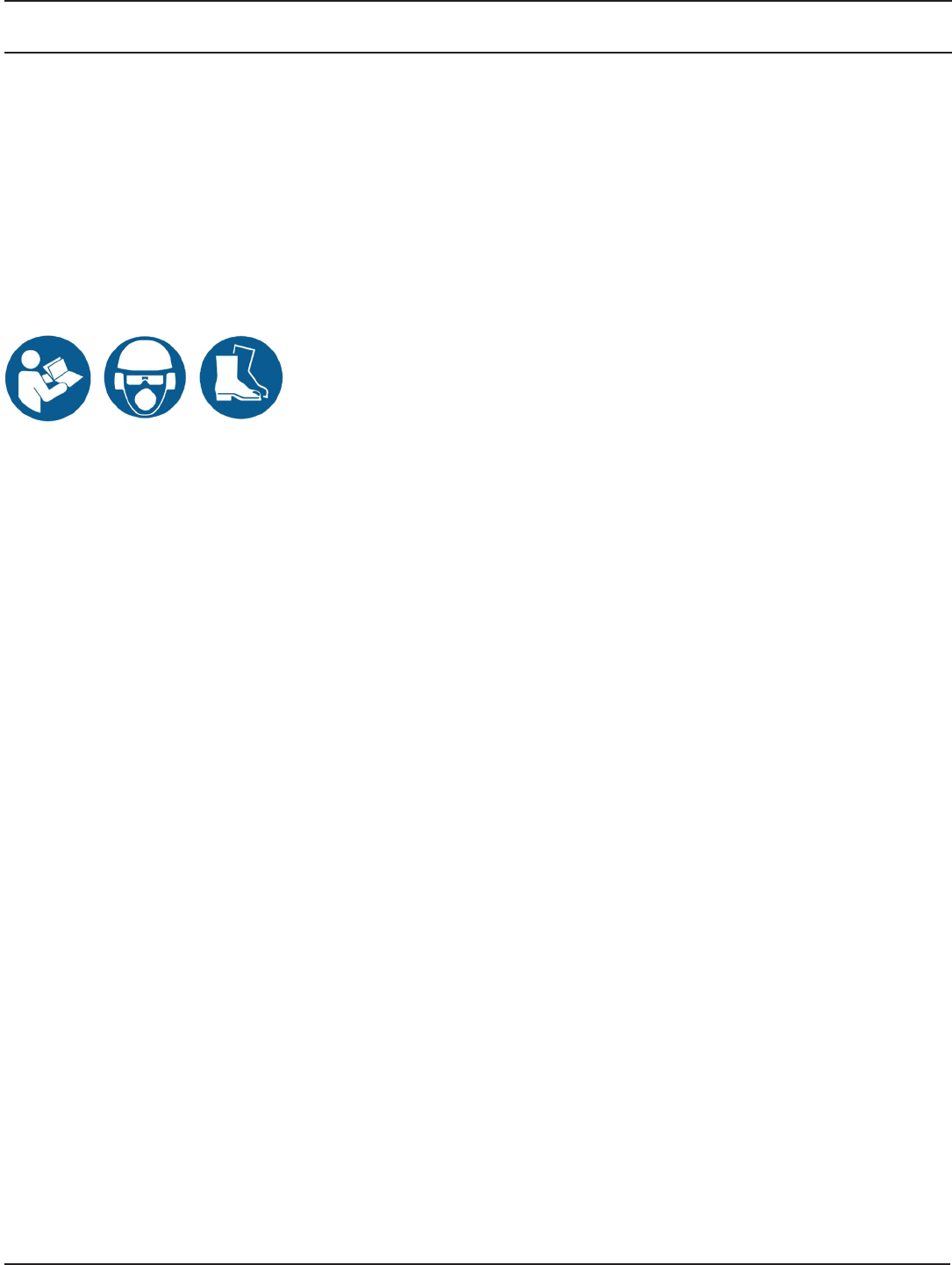
5
Tool operators and maintenance personnel must always comply with the safety precautions given in this manual and on
the stickers and tags attached to the tool and hose.
These safety precautions are given for your safety. Review them carefully before operating the tool and before performing
general maintenance or repairs.
Supervising personnel should develop additional precautions relating to the specic work area and local safety regula-
tions. If so, place the added precautions in the space provided on page 4.
The model CT10 Hydraulic Crimping Tool will provide safe and dependable service if operated in accordance with the
instructions given in this manual. Read and understand this manual and any stickers and tags attached to the tool and
hose before operation. Failure to do so could result in personal injury or equipment damage.
• The operator must start in a work area without bystanders. Flying debris can cause serious injury.
• Do not operate the tool unless thoroughly trained or under the supervision of an instructor. Establish a training program
for all operators to ensure safe operation.
• Always wear safety equipment such as goggles, ear and head protection, and safety shoes at all times when operating
the tool. Use gloves and aprons when necessary.
• The operator must be familiar with all prohibited work areas such as excessive slopes and dangerous terrain conditions.
• Do not inspect, clean or replace any part(s) if the hydraulic power source is connected. Do not inspect or clean the tool
while the hydraulic power source is connected. Accidental engagement of the tool can cause serious injury.
• Always connect hoses to the tool hose couplers before energizing the hydraulic power source. Be sure all hose connec-
tions are tight and are in good condition.
• Do not operate the tool at oil temperatures above 140°F/60°C. Operation at higher temperatures can cause higher than
normal temperatures at the tool which can result in operator discomfort.
• Do not operate a damaged, improperly adjusted, or incompletely assembled tool. Do not carry tool by the hoses.
• Never wear loose clothing that can get entangled in the working parts of the tool.
• Keep all parts of your body away from the tool and maintain proper footing and balance at all times.
• Do not rely exclusively upon the safety devices built into the tool.
• Always be well rested and mentally alert before operating the tool.
• Do not allow other persons to be near the tool when in operation. Keep bystanders and animals out of the work area.
• Keep the handles dry, clean and free of oil.
• When using tools near energized transmission lines, be sure to use only hoses labeled and certied non-conductive.
• Turn off the power unit or move the hydraulic control valve to neutral before setting the tool down.
• Know the location of buried or covered electrical services before starting work.
• To avoid personal injury or equipment damage, all tool repair, maintenance and service must only be performed by au-
thorized and properly trained personnel.
SAFETY PRECAUTIONS



